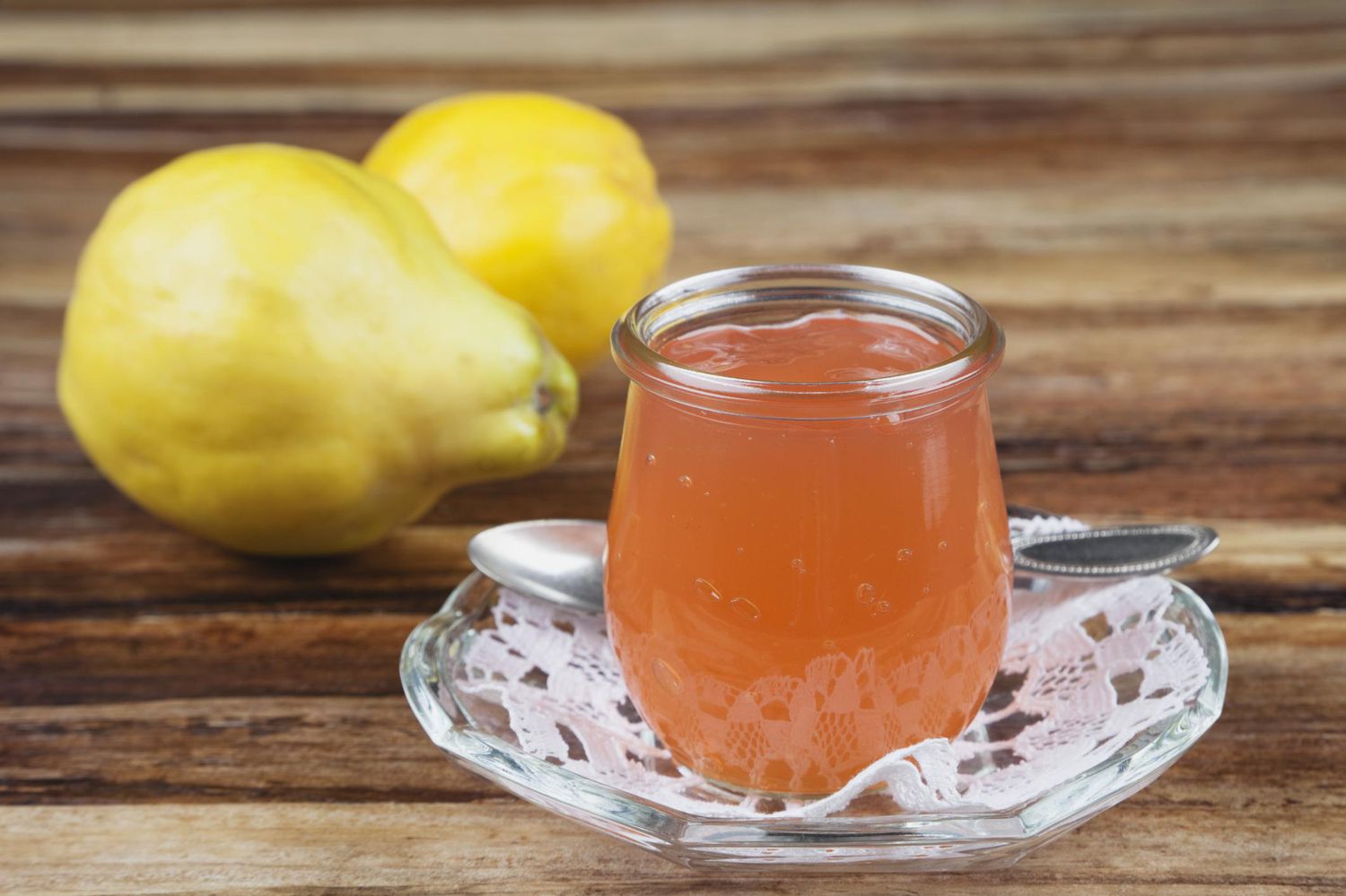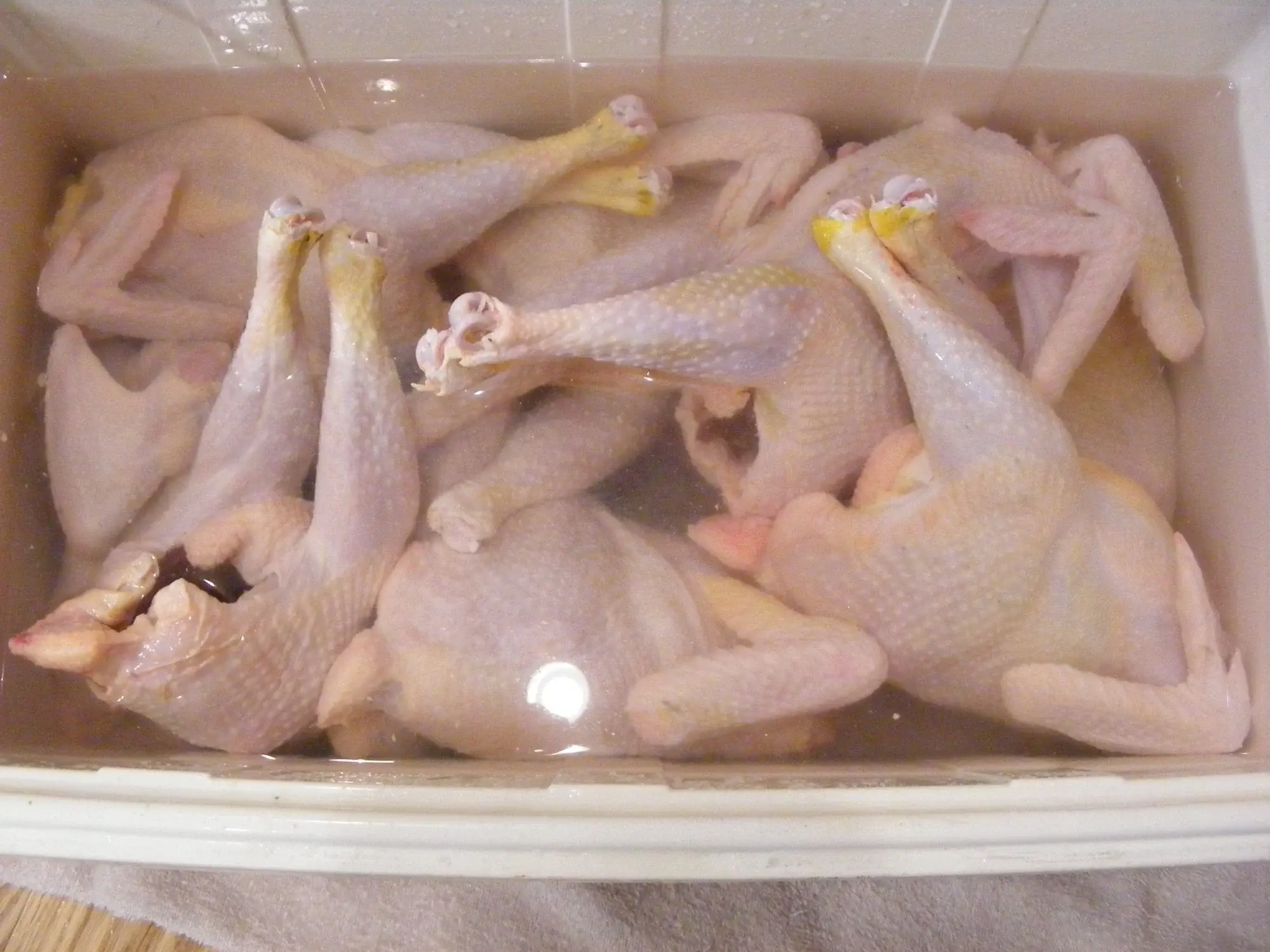Discovering the Delightful Florentine Biscuit
Have you ever come across a Florentine biscuit and wondered what it is? Well, you’re in for a treat! Florentine biscuits are a delightful and delicious treat that originated in Italy. These delectable biscuits are known for their unique combination of flavors and textures, making them a favorite among biscuit enthusiasts.
What Makes a Florentine Biscuit?
A Florentine biscuit is a thin, crispy cookie made from a mixture of nuts, candied fruits, and sugar, all held together with a binding agent such as butter or honey. The mixture is then spooned onto a baking sheet and baked until golden brown. The result is a delicate, lacy biscuit that is both visually stunning and incredibly tasty.
The Key Ingredients
When it comes to Florentine biscuits, the key ingredients are what give them their distinctive flavor and texture. Here are the essential components of a classic Florentine biscuit:
- Almonds: These nuts are often used in Florentine biscuits, providing a rich, nutty flavor and a satisfying crunch.
- Candied Fruits: Diced candied fruits, such as orange peel or cherries, add a delightful sweetness and chewy texture to the biscuits.
- Sugar: A combination of granulated and powdered sugar is used to sweeten the biscuit mixture, creating a perfect balance of sweetness.
- Butter: This essential ingredient adds richness and helps bind the other components together during baking.
- Honey: In some recipes, honey is used as a binding agent, adding a touch of natural sweetness to the biscuits.
Enjoying Florentine Biscuits
Florentine biscuits are a versatile treat that can be enjoyed in various ways. They are often served alongside a cup of tea or coffee, where their delicate texture and nutty sweetness complement the warm, comforting beverages. Additionally, Florentine biscuits can be used as a decorative element in desserts, such as being crumbled over ice cream or used as a base for a decadent chocolate tart.
Exploring Variations
While the classic Florentine biscuit is a beloved favorite, there are also variations that offer unique twists on the traditional recipe. Some variations may include the addition of different nuts, such as hazelnuts or pistachios, while others may incorporate spices like cinnamon or nutmeg for an extra layer of flavor.
Conclusion
In conclusion, a Florentine biscuit is a delightful and flavorful treat that is beloved for its unique combination of nuts, candied fruits, and delicate texture. Whether enjoyed on its own or as part of a dessert, the Florentine biscuit is a true delight for the senses. So, the next time you come across these lacy, golden biscuits, be sure to savor every bite and appreciate the craftsmanship that goes into creating such a delightful treat.
Was this page helpful?
Read Next: What Is An Egg Soufflé











